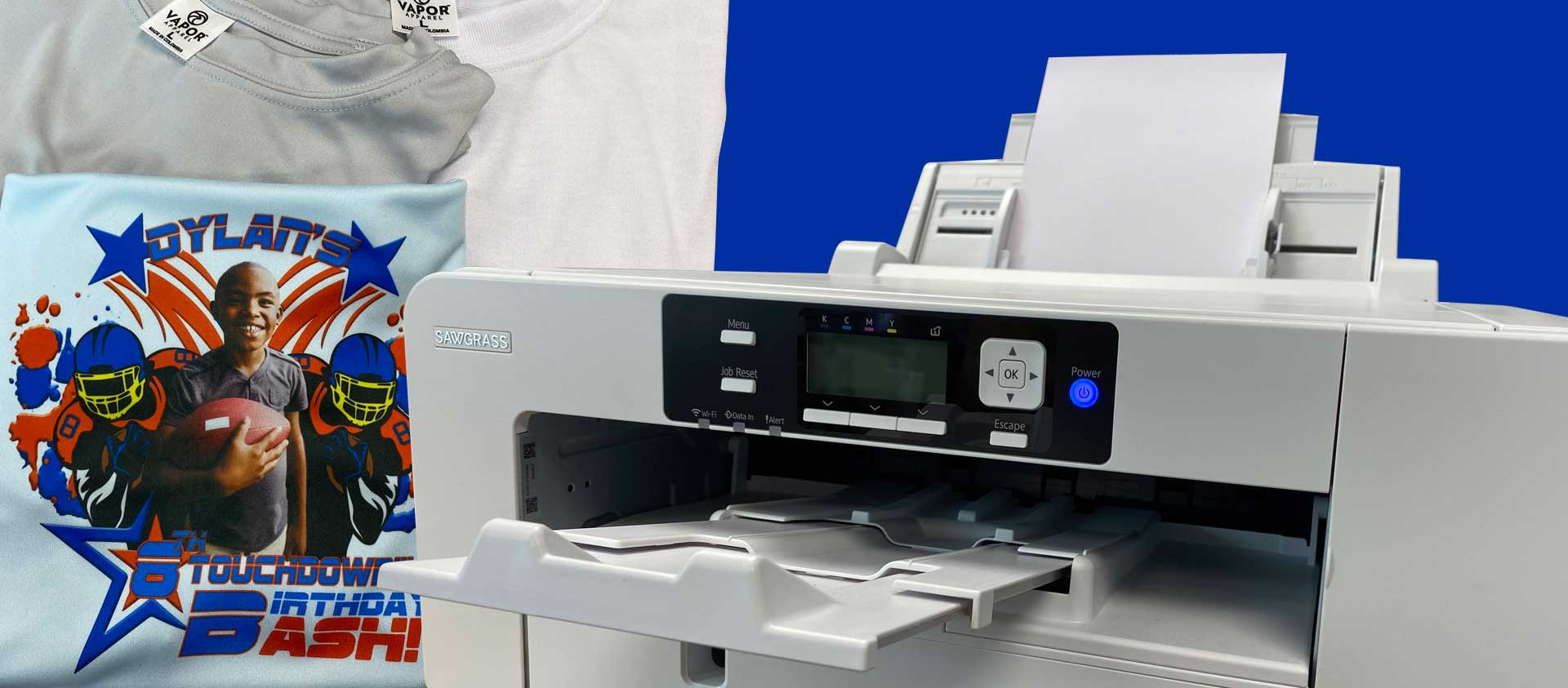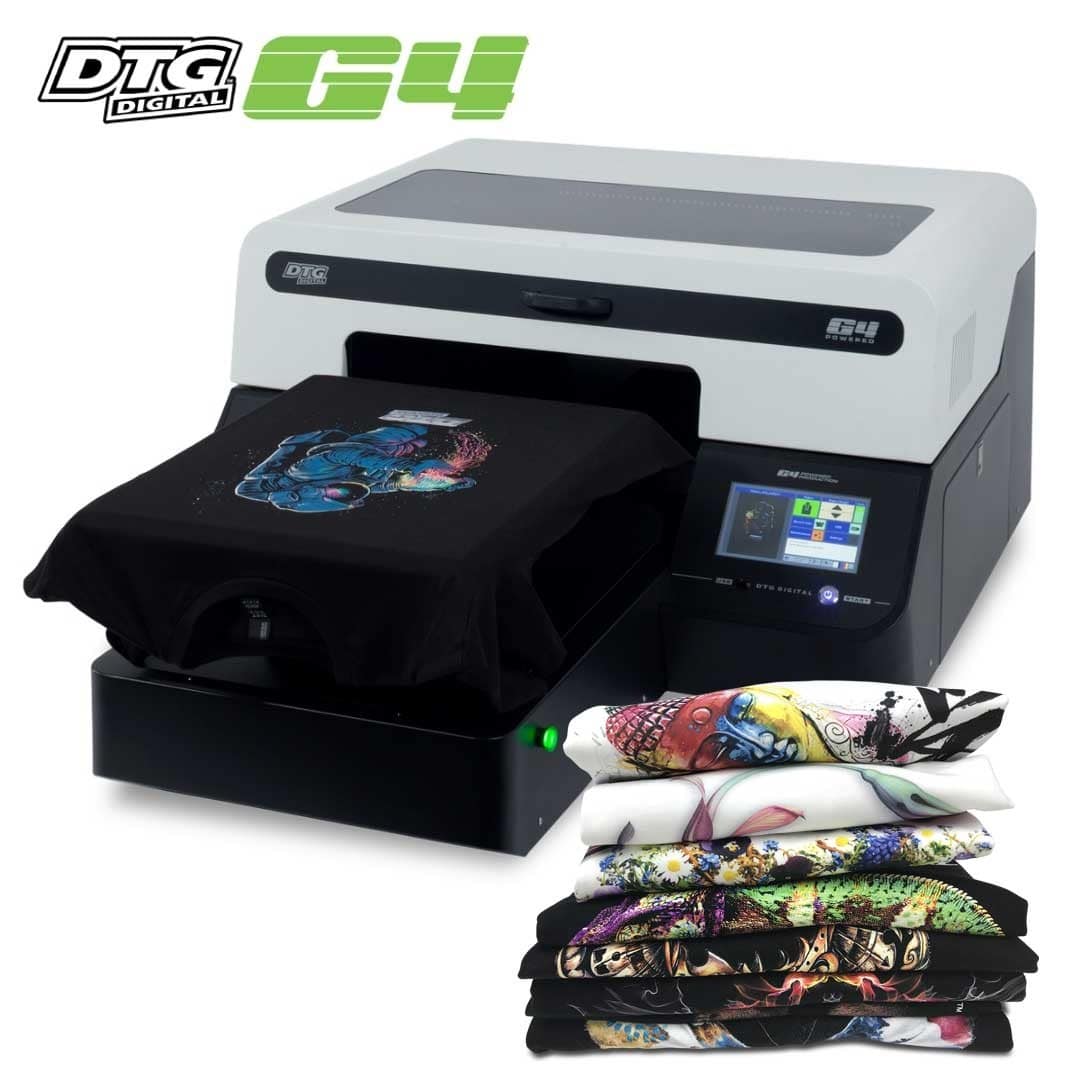The Ultimate Guide to Sublimation Printing for Custom Garments
The Ultimate Guide to Sublimation Printing for Custom Garments
Blog Article
From Typical to Digital: Understanding the Evolution of Towel Printing
The change of cloth printing from conventional methods like block printing and resist coloring to contemporary techniques such as screen and digital printing marks a substantial change in the fabric sector. Standard approaches, soaked in artisanal craftsmanship and social importance, have gradually paved the way to electronic advancements that provide unmatched accuracy, performance, and customization. This shift not only improves production capacities but likewise straightens with growing needs for lasting practices. Exactly how do these improvements influence the significance of cloth printing, and what might the future hold for this ever-evolving craft?
Conventional Fabric Printing Techniques
In the very early stages of fabric production, typical fabric printing approaches served as the keystone of material layout, using both functionality and imaginative expression. Block printing, one of the earliest methods, entailed carving elaborate styles right into wooden blocks, which were then dipped in color and pushed onto textile.
Withstand dyeing, consisting of methods like batik and tie-dye, utilized wax or other materials to stop color from permeating particular locations of the material. This method produced striking contrasts and elaborate layouts, often imbued with cultural value. Stenciling, another typical method, included reducing patterns right into a material and using color via the openings, offering an easier yet efficient means to generate repetitive styles.
These standard approaches not just shaped the textile sector's very early growth but also laid the foundation for future advancements. Each technique reflected the local and cultural attributes of its beginning, maintaining and disseminating artisanal knowledge through generations.
The Increase of Screen Printing
The introduction of screen printing in the early 20th century noted a substantial separation from typical approaches, supplying unprecedented flexibility and efficiency. Screen printing made it possible for developers to create elaborate patterns and dynamic shades on textiles, which were formerly challenging to accomplish with block printing or hand-painting techniques.
One of the vital benefits of display printing is its capacity to reproduce complex styles widespread with exceptional fidelity. This scalability made it greatly prominent in the business textile sector, where mass production without giving up high quality is extremely important. Display printing accommodates a broad range of inks and dyes, increasing the palette of appearances and finishes offered to developers.
Additionally, the process is extremely adaptable, ideal for various textile types including cotton, silk, and synthetics. This versatility, incorporated with its cost-efficiency for big runs, solidified display printing's function as a cornerstone of modern-day fabric manufacturing. Therefore, the increase of display printing changed the market, pressing the borders of what was possible in textile style.

The Introduction of Digital Printing
Structure on the impressive developments brought by screen printing, the fabric market experienced one more groundbreaking growth with the advent of digital printing. Emerging in the late 20th century, digital printing transformed the means layouts are transferred onto textiles, providing unprecedented adaptability and effectiveness. Unlike traditional techniques, which usually called for extensive arrangement and significant manual intervention, electronic printing uses computer-aided layout (CAD) technology to create elaborate patterns directly onto the fabric with high precision.
This technology has enabled textile manufacturers to fulfill the expanding need for customization and on-demand manufacturing. By eliminating the requirement for screens and plates, electronic printing minimizes and lowers lead times material waste, making it an extra lasting alternative. The capability to publish complex pictures and a large range of colors in a single pass has actually opened up brand-new creative avenues for designers, promoting a surge in imaginative expression within the sector.
Moreover, digital printing sustains smaller set production runs, which is specifically helpful for specific niche markets and start-up style brand names. This technical jump has not just improved operational efficiency however also equalized access to top notch textile printing, setting the phase for future advancements in textile style and manufacturing.
Comparing Methods: Traditional Vs. Digital
While both typical and digital printing methods have their very own one-of-a-kind advantages, they vary considerably in terms of process, effectiveness, and ecological impact. Typical cloth printing, including strategies like block printing and screen printing, includes manual work and elaborate workmanship. These methods are celebrated for their capacity to generate vibrant colors and rich structures, often causing unique, artisan-quality products. They are labor-intensive, lengthy, and commonly restricted in terms of shade selection and style complexity.
In comparison, electronic printing utilizes sophisticated modern technology to transfer styles directly onto textile utilizing inkjet printers. Digital printing is significantly quicker, allowing for quick turn-arounds and just-in-time production, which minimizes the demand for huge supply storage space.
From an environmental viewpoint, digital printing is typically extra lasting. It uses much less water and creates minimal waste contrasted to typical approaches, which usually entail extensive cleaning and dyeing processes. Electronic printing is progressively preferred in a period where environmental considerations are extremely important.
Future Patterns in Fabric Printing
As the textile industry remains to advance, future trends in cloth printing regularly point towards higher assimilation of technology and sustainability. One considerable pattern is the raised application of digital printing innovations. These advancements allow for higher accuracy, faster basics production times, and the capability to produce intricate layouts that were once challenging with conventional techniques. Digital fabric printing is expected to dominate the market, driven by its effectiveness and flexibility to consumer demands for customized and limited-edition items.

In addition, the consolidation of smart fabrics, which integrate electronic parts into textiles, is established to transform the market. These textiles can offer additional performances such as temperature regulation, health monitoring, and interactive features. As innovation proceeds to advancement, the crossway of electronic printing and smart fabrics will open up new opportunities for creative and functional applications in towel printing.
Conclusion
The development of towel printing from traditional methods to electronic innovations marks a considerable makeover in the textile industry. While traditional methods highlight artisanal workmanship and social heritage, digital printing offers exceptional accuracy, effectiveness, and modification. This shift not just enhances production abilities yet additionally supports sustainability initiatives. Future fads are likely to continue integrating innovative innovations, further redefining fabric design and production procedures to fulfill environmental considerations and modern needs (Branded clothing).
The improvement of towel printing from traditional techniques like block printing and resist dyeing to contemporary methods such as screen and electronic printing marks a considerable shift in the pop over to these guys textile industry. Display printing allowed developers to produce detailed patterns and vibrant colors on materials, which were formerly challenging to attain with block printing you could try here or hand-painting methods.
Building on the amazing improvements brought by display printing, the textile industry experienced one more groundbreaking development with the development of electronic printing. sublimation printing. Conventional fabric printing, encompassing strategies like block printing and screen printing, entails hands-on labor and intricate craftsmanship. As modern technology continues to breakthrough, the junction of electronic printing and smart textiles will open new opportunities for creative and practical applications in cloth printing
Report this page